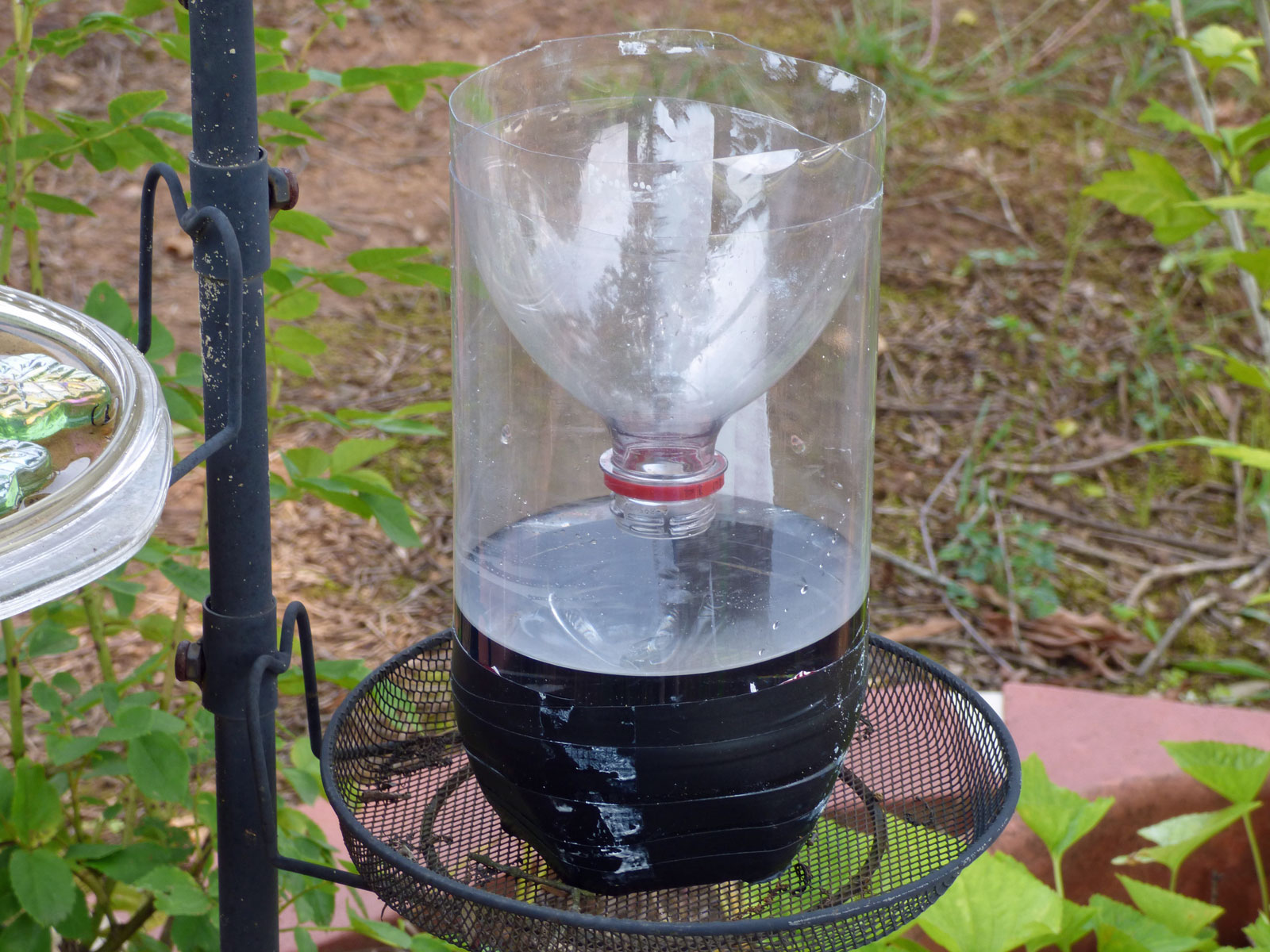Kokedama Hanging Garden For Kids (And Adults!)
By: Lauren M. Liff for Dabah Landscape Designs
With the technology kids have access to nowadays, it’s hard to get them away from anything with a screen. So why not let them have a fun learning experience while fostering their creative side and gain quality family time all at once? Try this fun DIY garden project on for size! This project isn’t just fun for the children, but adults can enjoy it as well! Kokedama hanging gardens are fun to make and very easy to care for, so it is perfect for your children (and yourself!). Kokedama means: “moss ball” in Japanese. It is essentially a way to garden by covering the roots with moss and soil and more moss, and then a string is added to hang it up.
For this project you will need:
• Small, shade-tolerant plant (baby ferns work the best)
• Scissors
• Peat soil
• Bonsai soil
• Mixing pot
• Water
• Garden gloves
• ½ cup measure
• Yarn or twine
• Moss, collected from outside or purchased at a garden center
Here we go!
Step 1: Remove the dirt from the plant by tapping it gently. You want to have the plant so that it is mostly the plant head and its roots (as little soil as possible).
Step 2: Mix the two soil types together – 3 ½ cups of peat soil and 1 ½ cup of bonsai soil. Add ½ cup of water to dampen the soil mixture
Step 3: Put on your garden gloves (or don’t if you don’t mind getting a bit dirty!) and shape the soil mixture into a ball – similar to rolling dough. More water can be added (a small amount at a time) if needed to get the soil mixture to stay in a ball shape. Make sure the ball is big enough for the plant roots to fit inside.
Step 4: Take some of your moss and wrap a small amount around the bare roots of your plant (this will help your plant retain moisture)
Step 5: Poke a hole in the soil ball big enough to fit the plant roots in, while maintaining the ball shape of the soil
Step 6: Insert the plant roots into the hole and mold the soil ball around them (again still maintaining the ball shape)
Step 7: Wrap the outside of the soil ball with the remaining moss
Step 8: Take your twine or yarn and wrap it around the ball several times to help keep the moss in place – make sure you leave some yarn or twine above the ball in order to hang it up
Step 9: Take your beautiful new kokedama hanging garden and hang it in a shady place for everyone to enjoy – to keep it healthy simply mist it!
http://kidsactivitiesblog.com/28869/kokedama-hanging-garden-for-kids




























